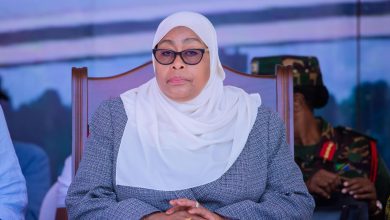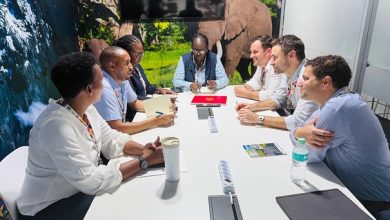Tanzania revels on rural electrification success

DAR ES SALAAM : THE government has expressed confidence in achieving its goal of providing electricity to all villages in the country by the end of this year, with 12,278 villages, representing 99.7 per cent, already connected to power.
Speaking yesterday at the opening of a seminar for editors and journalists to enlighten them on the coming African Heads of State Energy Summit in Dar es Salaam later this month, the Permanent Secretary in the Ministry of Information, Culture, Arts and Sports and Chief Government Spokesperson, Mr Gerson Msigwa, said that 32,827 hamlets out of 64,359 have been connected to electricity, representing 51 per cent of the total.
“This has significantly increased the potential for citizens to fully engage in economic activities,” Mr Msigwa said.
He said that the electrification of the villages has strengthened key sectors such as education, health, business and transportation, with more than 12,905 educational and healthcare institutions now connected to electricity, enhancing service delivery to the public.
Furthermore, he noted that investments in alternative energy sources, including solar, geothermal and wind power, are expected to increase electricity production by 1,100 megawatts.
“These efforts aim to attract investment into the industrial sector, where the number of factories producing energy-related equipment, such as poles and cables, has increased from 23 in 2020 to 78 in 2024,” he explained.
He added that domestic production of these materials not only provides employment for Tanzanians but also reduces the cost of energy distribution projects in both rural and urban areas.
Mr Msigwa also highlighted how the government, under the leadership of President Dr Samia Suluhu Hassan—recognised as a leader in clean cooking energy in Africa—has prioritised clean cooking energy as one of the nation’s top priorities.
He said that through the National Clean Cooking Energy Strategy for 2024-2034, launched in 2024, the government is committed to ensuring that 80 per cent of households use clean cooking energy by 2034.
ALSO READ: REA attains 99pc electricity coverage in villages
Similarly, Mr Msigwa stated that electricity is the backbone of the country’s economic and social development.
He noted that through major projects such as the Julius Nyerere Hydropower Project (JNHPP), Tanzania has successfully increased electricity production, currently generating 1,410 megawatts from six turbines, with the project expected to be completed this year.
“By improving access to electricity, we enable citizens and entrepreneurs to fully contribute to the national economy, thereby increasing national income and improving the lives of every Tanzanian,” he said.
Presenting the report on the status of electricity access in rural areas, the Director of Rural Electrification at the Rural Energy Agency (REA), Engineer Jones Olotu, said that according to the electricity access and usage report released by the National Bureau of Statistics (NBS) in 2020, 69.6 per cent of rural citizens have access to electricity and the overall national coverage is 78.4 per cent.
He also said that according to the 2022 Census report, Mainland Tanzania has a population of 59,851,347, with approximately 46,923,456 citizens having access to electricity services.
Of these, 27,326,688 rural citizens have electricity access.
“Currently, NBS is conducting another assessment to determine the level of electricity access in rural areas by 2025. The report is expected to be published in March 2025,” he added.





